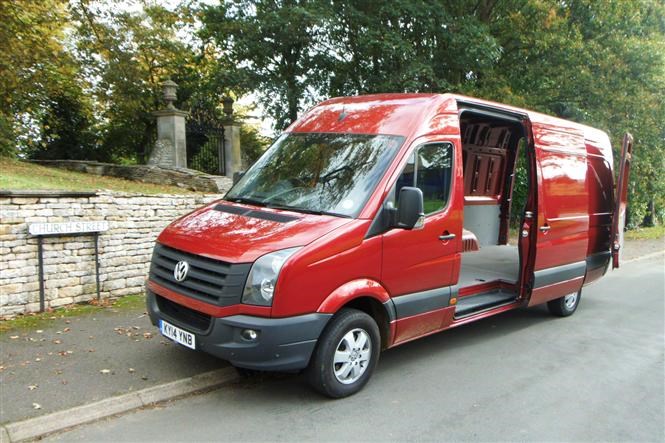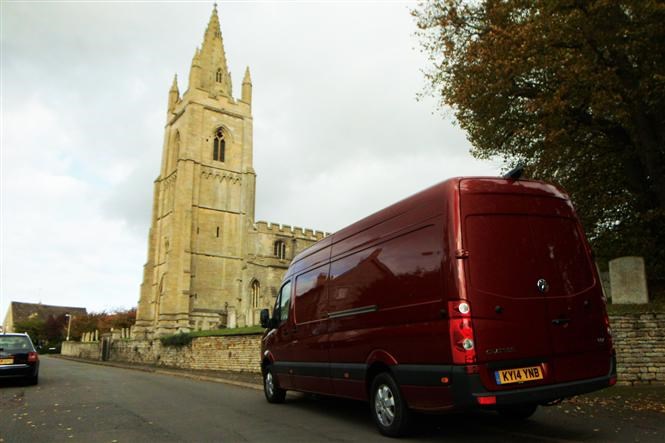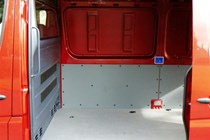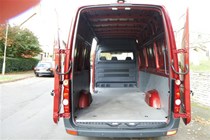The introduction of Euro-6 compliant engines next year is likely to ruffle a few feathers in the industry.
There has been quite a lot of hysteria surrounding the new Euro-6 regulations which apply to all new diesel engines sold after 1 September 2015, with talk of reduced payload and increases in list prices, running costs and fuel consumption.
In this article, in which we test drive the Euro-6 VW Crafter, we will try to set the record straight regarding the new emission standard because, like it or not, it’s coming.

Technology
First of all, we’ll start with the main protagonist; Adblue. This blue liquid, which is also known as diesel exhaust fluid, has been used in the truck industry for a number of years, and helps reduce the amount of Nitrogen Oxide (NOx) that is emitted by reacting with the material and breaking it down into the harmless Nitrogen and Oxygen.
This is where we finish the chemistry class finishes and maths comes into play. In smaller diesel engine, such as the Crafter’s 2-litre, Adblue consumption is estimated at around 18 litres every 4,200 miles. Considering it will cost you no more than £1 a litre, it’s hardly going to make a big dent on the company finances.
Euro-6 setbacks
It’s also true that we should expect reductions in payloads, with the extra equipment (Selective Catalytic Reduction, Adblue, Exhaust Gas Recirculation, etc.) for tackling Euro-6 adding to the kerbweight. A typical example would be the 2.0 BiTDI 163PS LWB Panel Van the difference between Euro V and Euro VI is 2,586KG and 2,503KG respectfully.
List prices of between the emission standards are noticeably different too, with Euro-6 Crafter weighing in at around £1,000 more than the equivalent Euro-5. The CR35 LWB High Roof 163, for example, would set you back £29,540 at Euro-5, whereas it would cost you £30,550 at Euro-6.

Summary
From the cab, however, things haven’t changed. We tested the Euro-6 112bhp LWB with BlueMotion and practically all the driving characteristics are the same as Euro-5 version, including interior, ride, handling and engine noise.
Even the fuel consumption has only marginally changed on the standard models, with the CR35 LWB High Roof Euro-6 achieving just 0.5mpg (or 1.5%) better fuel economy than its Euro-5 counterpart, however, it is considerably better (5%) on BlueMotion models.
Despite the inevitable downsides that Euro-6 will bring, we have to accept the fact that by September 2016, all newly registered vans will have to comply with the Euro-6 emission standard. This may be crutial for London-based operators, as only Euro-6 vehicles will be able to enter the planned ULEZ without an extra charge.
If you don’t think all the extra technology is worth the hassle, or money, you still have two years to purchase a brand new Euro-5 van.
Just so you know, we may receive a commission or other compensation from the links on this website - read why you should trust us.








